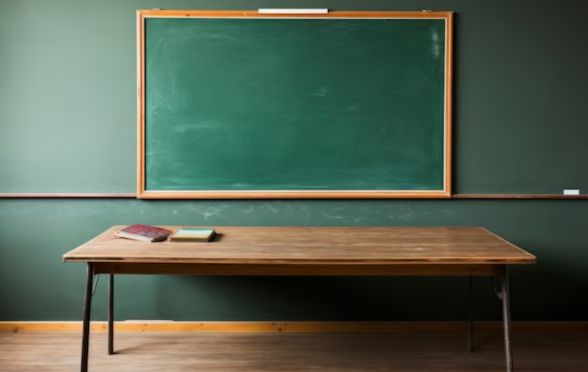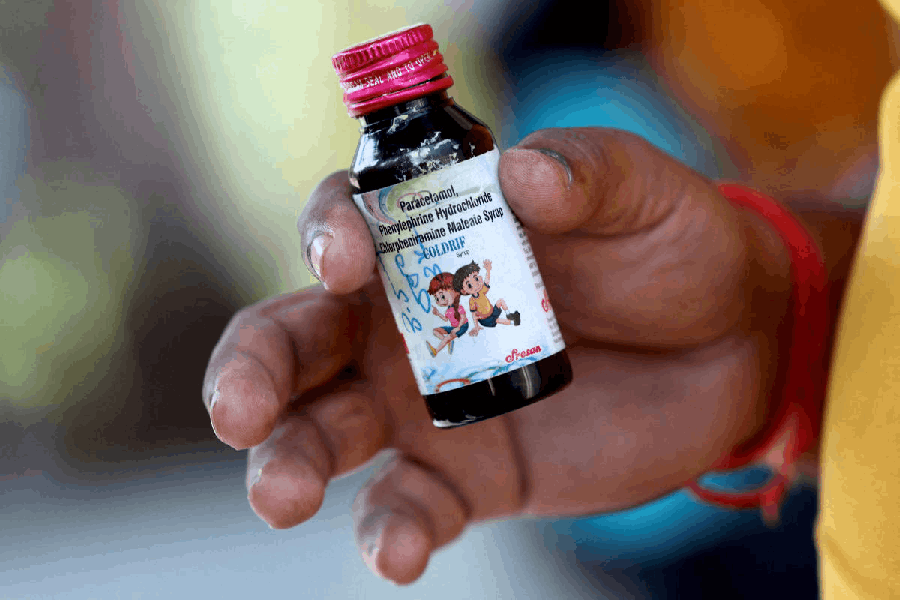Students from a regular school and a special education institution are interacting with one another, thereby paving the way for increased collaborative initiatives.
Students from Class V of Calcutta International School have been visiting Manovikas Kendra for several weeks leading up to the Puja holidays. The students interacted with each other and participated in collaborative activities.
“Such interaction and collaborative projects are important for both groups of children. Given that there is such a large population of children who are neurodivergent, they need to be exposed to each other,” said Amita Prasad, director, Manovikas Kendra.
“The engagement involves individuals with diverse abilities, and this interaction is integrated into their educational experience. It enhances their social skills, preparing them for interactions beyond their familiar environment,” said Prasad.
The joint activities include baking, art and craft, singing and playing games.
Before the visit, Calcutta International School conducted a sensitisation programme for their children to help them understand the students at Manovikas Kendra. They were told to be sensitive to their needs and abilities.
Such engagements become a lesson in understanding and respecting diversity, said Pratima Nayar, principal, junior school, Calcutta International School.
“Diversity includes not just a range of cultures and languages, but also the recognition and acceptance of neurodiversity. It further allows our children to observe different educational frameworks and their functionalities,” Nayar said.
After the initial inhibitions disappear, the children become more comfortable with one another, said Nayar.
“Many of the children from Manovikas Kendra are creative and our students are picking up certain skills from them,” said a teacher of Calcutta International School.
“It becomes obvious that they enjoy each other’s company when we see them together. It turns out to be a lesson for adults who are more rigid, less flexible and less accepting of differences,” said Nayar.
It is often the case that adults disapprove of the companions their children choose, whereas children generally are more spontaneous in their interactions and seldom take the time to develop connections with each other, said a teacher.
This collaboration is not a one-day programme but a continuous one. In the second phase, students from Manovikas Kendra would step out of their familiar setting and into Calcutta International School.
“The teachers have noticed a change in our children within a few interactions that they have had. They are more cognizant of people and more empathetic,” said Nayar.










